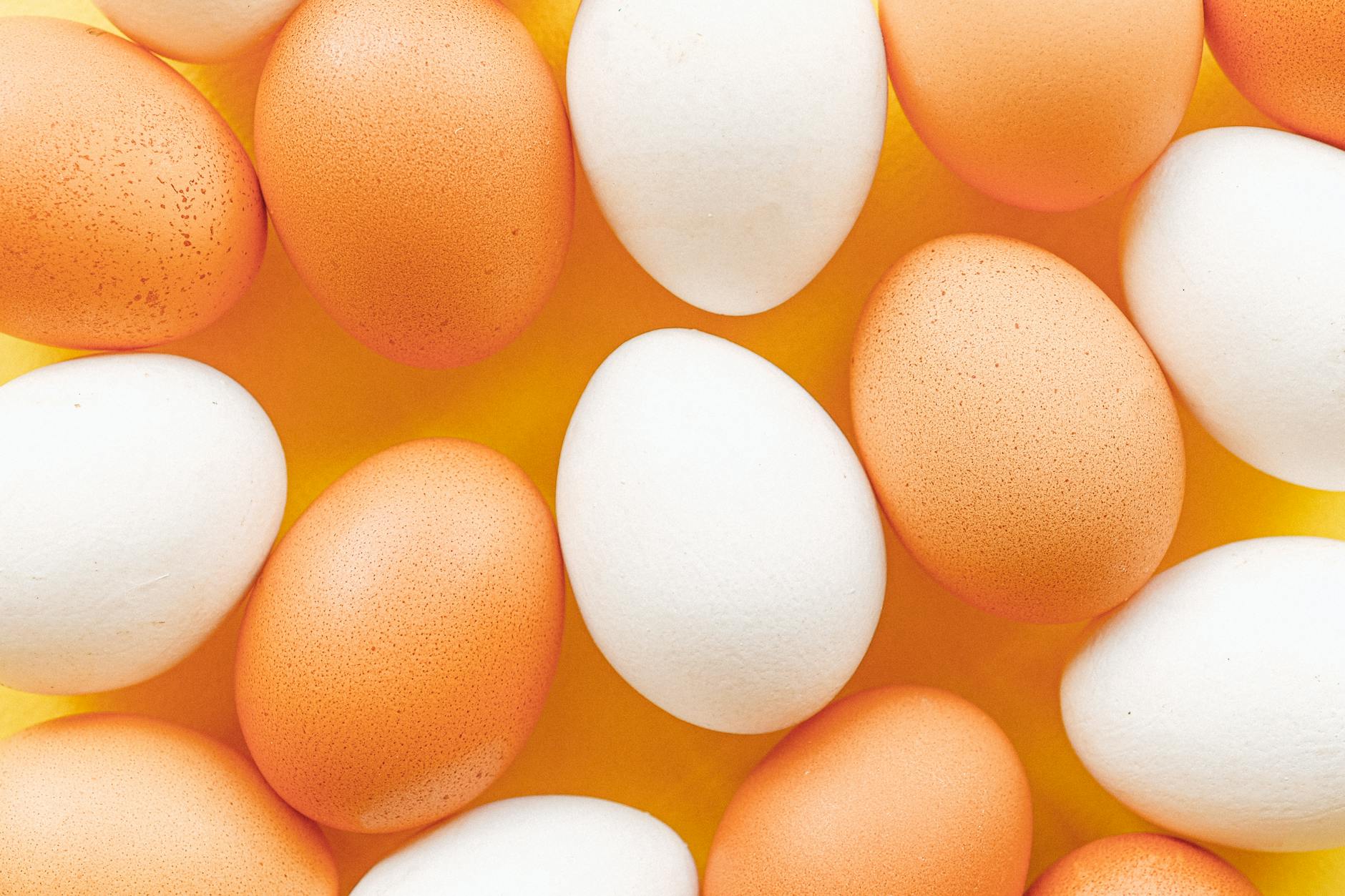Ever taken a bite of something and felt like the season just exploded in your mouth? That’s the magic of Japanese cuisine, where each dish tells a story of time, place, and the ingredients that are ripe for the picking. Imagine walking through a bustling market in Kyoto, the air thick with the scent of fresh bamboo shoots, and the vibrant colors of seasonal fruits catching your eye. It’s like nature’s own grocery list, inviting you to create something beautiful.
So, what’s the deal with seasonal ingredients, anyway? Well, in Japan, it’s not just a trend; it’s a way of life. The Japanese have a deep-rooted philosophy called ‘shun,’ which means to eat ingredients at their peak freshness and flavor. This is more than just a culinary choice; it’s a cultural practice that honors the rhythms of nature. Think about it—when you bite into a perfectly ripe strawberry, you’re not just tasting a fruit; you’re tasting the sunshine, the rain, and the careful cultivation that brought it to your plate.
But wait, let’s not get too serious here. Let’s talk about that time I tried to make chirashi sushi at home. I thought I was all set with some grocery store salmon and avocado. But when I tasted it, all I could think was, “Where’s the flavor?” I realized I was missing the seasonal veggies and the freshest fish. It was like trying to dance without any rhythm! So, if you ever find yourself in a sushi bar, take a moment to appreciate the variety of toppings. The seasonal ingredients are the stars of the show, from delicate sakura shrimp in the spring to rich, earthy mushrooms in the fall.
Now, let’s dig into some examples, shall we? Here’s a quick look at what you might find on your plate throughout the year:
- Spring: Sakura (cherry blossoms), bamboo shoots, and fava beans.
- Summer: Fresh tomatoes, sweet corn, and watermelons.
- Autumn: Matsutake mushrooms, chestnuts, and persimmons.
- Winter: Daikon radish, yuzu citrus, and various pickled vegetables.
And let’s not forget about the special occasions! Japanese festivals, or ‘matsuri,’ often feature seasonal foods that hold deeper meanings. Take the New Year, for example. The traditional ‘osechi’ is filled with ingredients that symbolize prosperity and health, all carefully selected to reflect the season’s bounty. It’s like a treasure chest of flavors, each bite a wish for the coming year.
So, next time you find yourself in a Japanese restaurant or even in your own kitchen, think about the seasons. Ask your chef where the ingredients come from. Celebrate the cycle of nature with each dish. Because really, eating is not just about fueling your body; it’s about connecting with the earth and the people who bring those ingredients to life. After all, isn’t that what makes a meal truly special?

Leave a Reply